Discover how the right cardio approach can support muscle growth, speed up recovery, and keep your training balanced—without sacrificing gains.
When you're focused on building muscle, cardio might seem like the enemy. Many lifters avoid it, fearing it will burn hard-earned gains. But the truth is, when used strategically, cardio can actually enhance muscle growth by improving circulation, boosting recovery, and increasing cardiovascular efficiency.
This beginner’s guide is designed specifically for muscle-focused individuals who want to integrate cardio wisely. You’ll learn coach-style tips, form cues, and easy modifications to make cardio work for your goals—not against them.
Muscle growth isn’t just about lifting heavy. Recovery is where gains happen—and cardio plays a crucial role. Low-intensity steady-state (LISS) cardio increases blood flow, delivering oxygen and nutrients to sore muscles. This helps clear metabolic waste like lactic acid, reducing soreness and improving readiness for your next workout.
Additionally, a strong cardiovascular system supports endurance during workouts, allowing you to maintain intensity across multiple sets. Improved heart health also means better overall performance and long-term sustainability in your fitness journey.

Low-impact cardio aids muscle recovery without taxing the body.
1. Low-Intensity Steady-State (LISS)
Walking, cycling, or using the elliptical at a moderate pace for 20–40 minutes keeps your heart rate in the fat-burning zone without stressing your muscles. Ideal for recovery days.
2. Incline Walking
Walking on a 5–12% incline increases calorie burn while minimizing joint impact. It engages glutes and hamstrings—perfect for lower-body support without heavy loading.
3. Cycling (Stationary or Outdoor)
Low-impact and joint-friendly. Focus on smooth, controlled pedaling to avoid quad fatigue that could interfere with leg day.
4. Swimming or Water Walking
Provides resistance with zero impact. Excellent for active recovery, especially if you're dealing with soreness or minor joint discomfort.
Treadmill Walking: Stand tall, engage your core, and avoid holding the handrails. Let your arms swing naturally. Land mid-foot, not on your heels, to reduce joint stress.
Elliptical: Keep your back straight and avoid leaning forward. Push through your heels and glutes, not your toes. Maintain a steady rhythm—don’t rush.
Stationary Bike: Adjust the seat so your knee is slightly bent at the bottom of the pedal stroke. Avoid rocking hips—this indicates the seat is too low.
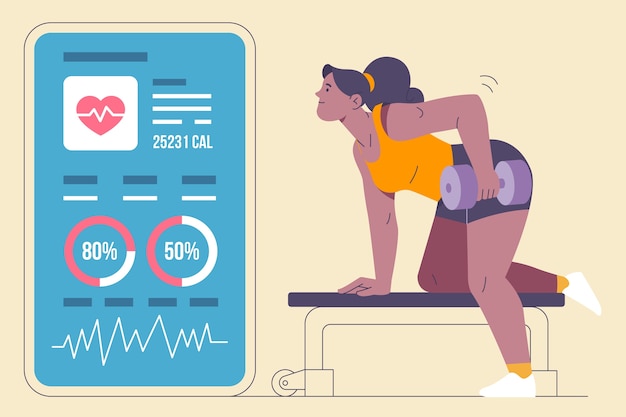
Maintaining proper form ensures safety and effectiveness.
Starting out? These simple tweaks make cardio accessible and sustainable:
While cardio supports recovery, overdoing it can backfire. Avoid cardio if:
| Day | Strength Focus | Cardio |
|---|---|---|
| Monday | Upper Body | None |
| Tuesday | Lower Body | 15 min incline walk post-workout |
| Wednesday | Rest | 20 min LISS (bike or walk) |
| Thursday | Push | None |
| Friday | Pull | 10 min walk post-lift |
| Saturday | Optional Legs | 30 min outdoor walk |
| Sunday | Rest | Optional swim or stretch |
Cardio doesn’t have to be the enemy of muscle gain. When applied with intention, it becomes a powerful recovery tool that supports long-term progress. Focus on low-impact, low-intensity options, prioritize form, and listen to your body. With these coach-style strategies, you’ll build muscle more efficiently—and feel better doing it.
Start small, stay consistent, and let cardio work behind the scenes to help you recover faster, train harder, and grow stronger.

Fitness

Fitness

Fitness

Fitness

Fitness

Fitness
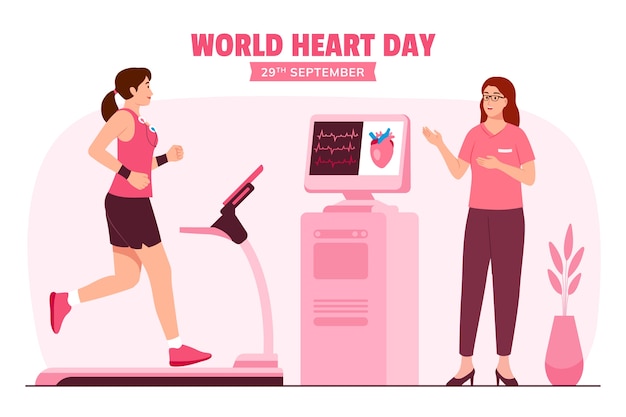
Wellness
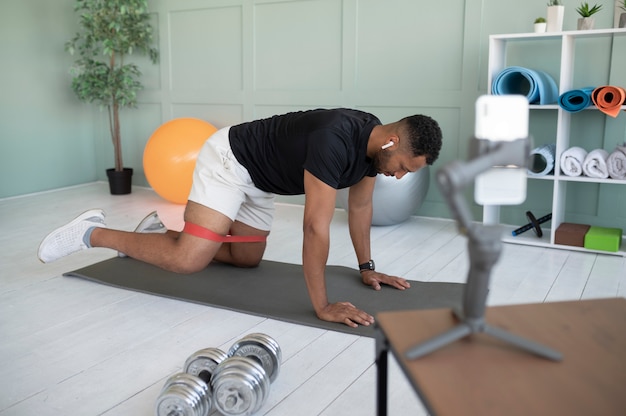
Fitness

Fitness
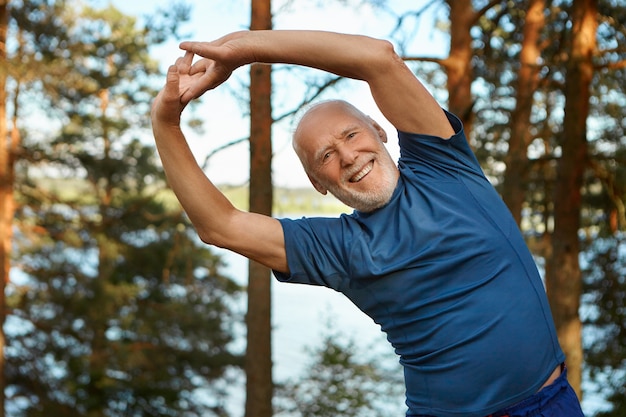
Health
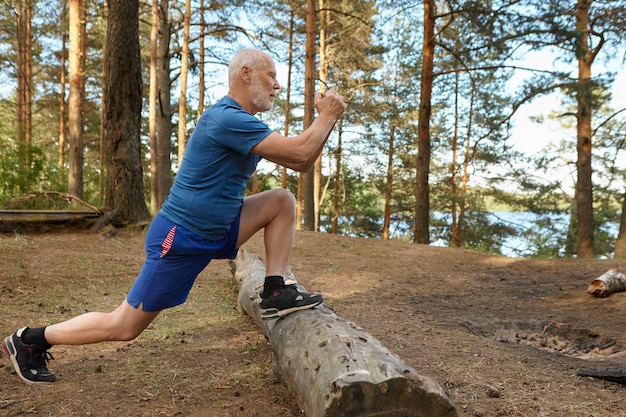
Fitness
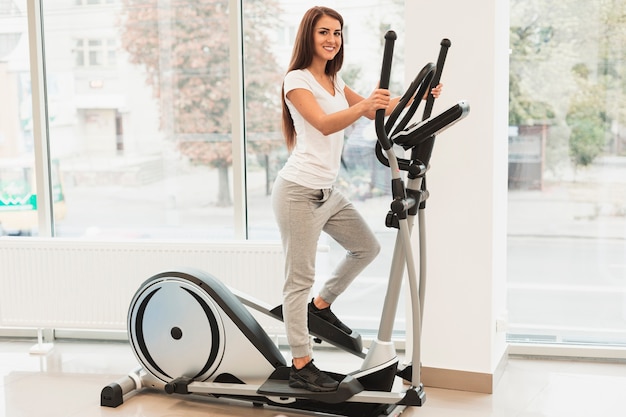
Fitness

Health

Fitness

Health

Health